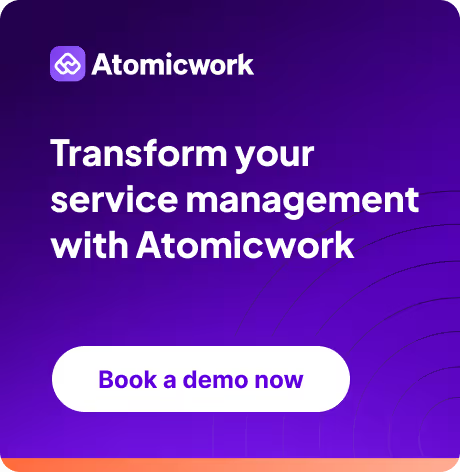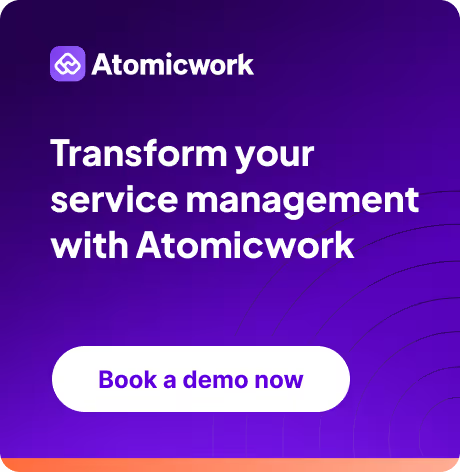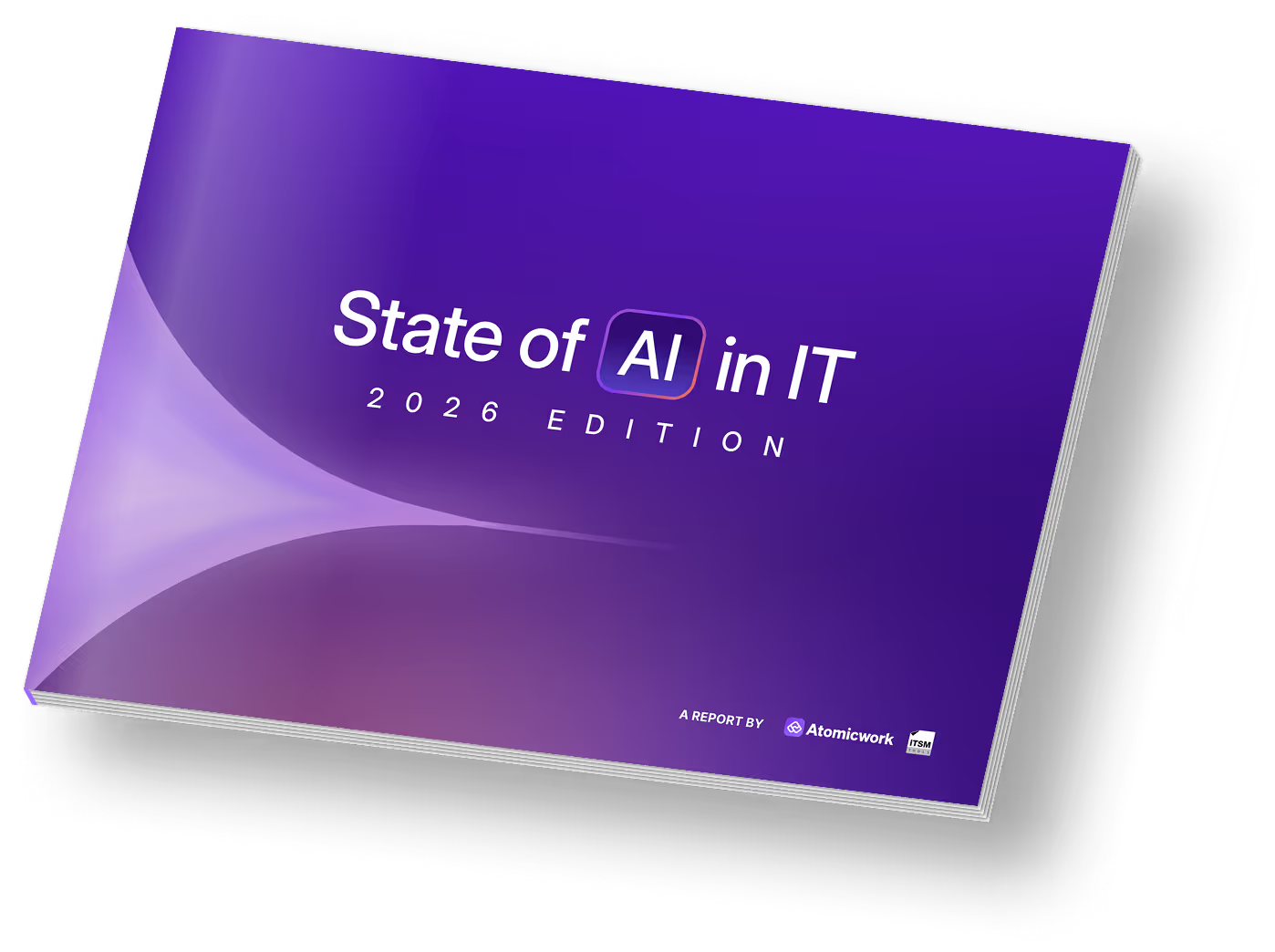How IT leaders can leverage AI for their 2025 technology strategy

A staggering 85% of IT organizations are already using AI in their IT operations to some degree, according to the State of AI in IT 2025 report. Another 10% are planning to do so and only 5% organizations have no plans to implement AI in IT.
The message is clear — AI is no longer optional in IT. It needs to be a core component of your tech strategy and you need a deliberate plan to implement it.
So, how do IT leaders capitalize on what’s possibly the biggest technological movement of our lifetime? And how can they create a resilient tech strategy that ties back to their business strategy? Let’s dive in.

1. Assess your current AI adoption maturity level
The first step is to evaluate where you stand on the AI maturity curve.
We defined the levels of AI adoption based on technology use, org culture, and the general attitude towards AI.
Level 0 – We’re not using AI and have no plans to start anytime soon
Level 1 – We’re not using AI but would like to or are planning to start
Level 2 – We use free consumer AI tools but don’t use the AI capabilities of many of the enterprise software applications we have
Level 3 – We use some enterprise software with AI and discourage the use of free consumer AI platforms
Level 4 – We regularly use software with built-in AI capabilities, and we encourage leveraging consumer AI tools where appropriate
Level 5 – We’d started using AI/ML tools before ChatGPT made it popular
We found a normal distribution (or a bell curve), with most teams between Levels 2 and 4.
Understanding your current stage helps identify gaps and strategize better for growth.

Think about where you are and where you’d like to be from an org culture perspective. Then define milestones for tracking your progress along the way and ensuring that you’re moving in the right direction.
This can become your primary framework for the decisions you make along the way.
2. Prioritize building AI trust and aligning ROI metrics
The study found a direct correlation between trust in AI and ROI. A high degree of trust in AI leads to a bigger investment, which in turn leads to a better ROI. The respondents who had low trust in AI invested less and saw a negative ROI.

If this sounds obvious, great! Think of what it means for your company-wide implementation of AI technology. Educating and enabling your end users is more critical than ever, both from a technical usage perspective and from a security point of view.
Remember that the technology will get better and cheaper over time. While determining ROI metrics, focus on not just financial outcomes but also employee productivity, user satisfaction, and operational efficiency.
3. Define a clear strategy and AI adoption goals
Establishing trust also requires a long-term strategy that aligns with (and moves you closer to) the business-level goal. Work closely with the C-suite to ensure alignment.
The strategy doesn’t need to be perfect, but you need to be deliberate about establishing it. Once you have the strategy, communicate it with your business counterparts and bring them in on the plan.

Focus on breaking down the tech strategy and long-term plan into smaller experiments that lead to quick wins or quick learnings.
Optimize for user experience and productivity, and over-index on involving the entire org, especially for AI-led service management initiatives, to maximize adoption.
4. Address the key barriers to AI adoption
The one barrier to AI adoption that most IT professionals reported was ‘Governance and compliance’. This was closely followed by ‘Customer data security’ and ‘Employee data security and privacy’.
Address governance, compliance, and security concerns and include AI implementation and adoption guardrails into your plan. Commit to responsible and ethical AI while focusing on security at both the individual and organizational levels.

Avoid bringing AI into sensitive areas such as ethical/legal decision-making and people management unless fully validated. These were the biggest AI “no-go” areas, according to the survey participants.
Another common AI adoption barrier was a lack of expertise within the IT team. My recommendation would be to start where you are. As you start executing your plan, your team will acquire some of the necessary skills and you’ll hire the right talent to fill the remaining gaps. Sitting on the sidelines is just not an option.
5. Start with the core ITSM processes
According to the survey participants, the areas of ITSM where AI had the most significant impact were ‘Data analysis’, ‘End-user assistants’, ‘Knowledge management’, and ‘Incident management’ — in that order.
Since these processes are likely to already be a part of your team’s SOW, you have a great view of the gaps, the problems, and the use cases where AI’s strengths — like data analysis, knowledge synthesis, and automating repetitive level-1 support issues – can be most useful.

Another area of impact was ‘Predictive analytics’. This was followed by ‘Problem management’. A combination of these can help you shift from reactive to proactive IT service management.
In conclusion
If all this reminds you of a time when organizations were clamoring for digital transformation, you’re not completely off. There are a lot of overlaps — the biggest one being organizational “culture”.
As the custodian of technology and service management, it’s your responsibility to encourage a culture of experimentation with AI tools, balanced by clear governance and security guidelines, to establish trust in these systems and drive adoption.
The good news is that according to our study, trust in AI systems has generally increased over the last 12 months — both for IT professionals and end users.
Frequently asked questions

Faq answer paragraph

Faq answer paragraph

Faq answer paragraph

Faq answer paragraph

Faq answer paragraph

Faq answer paragraph

Faq answer paragraph

Faq answer paragraph

Faq answer paragraph

Faq answer paragraph
You may also like...


































